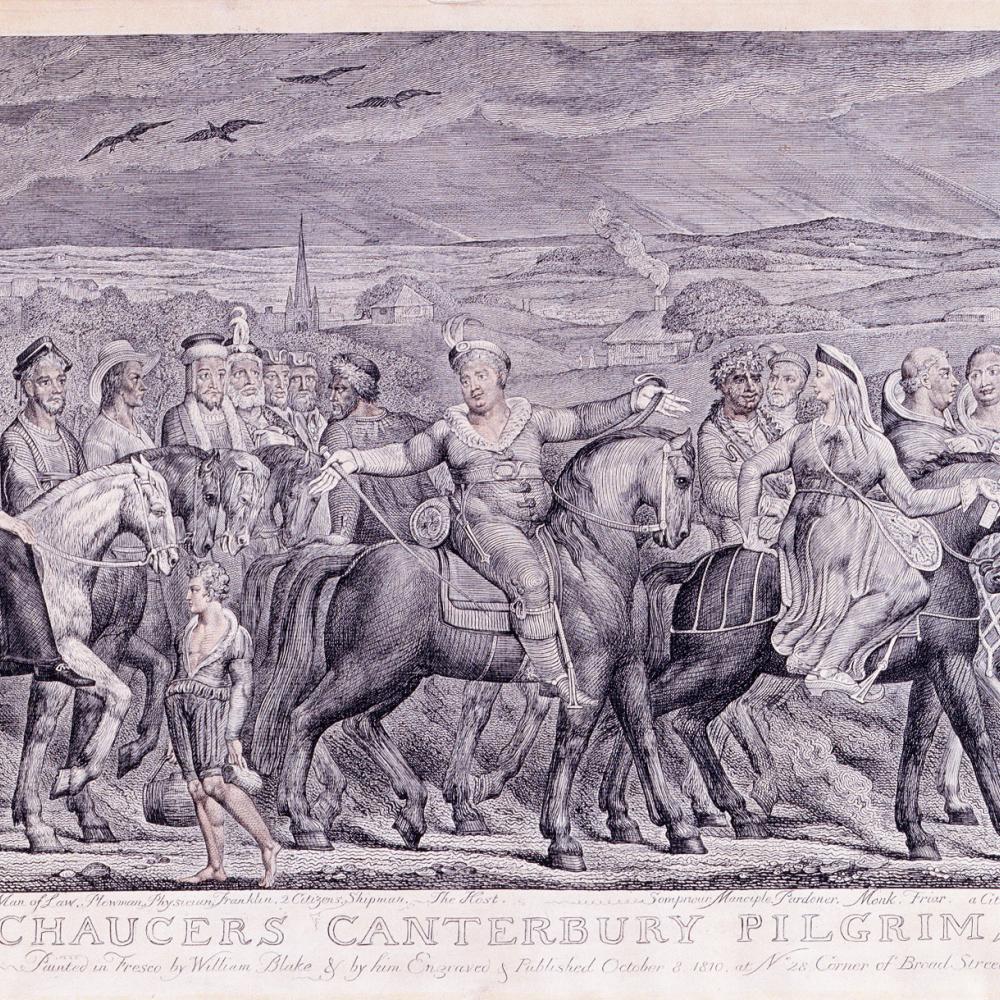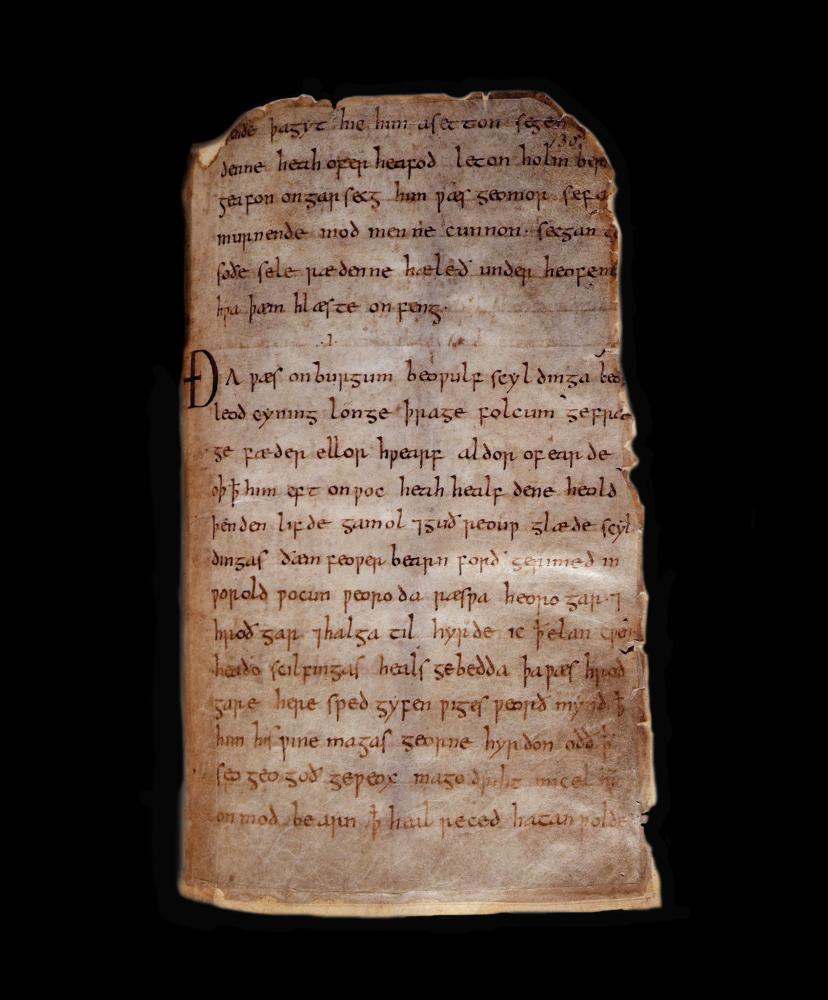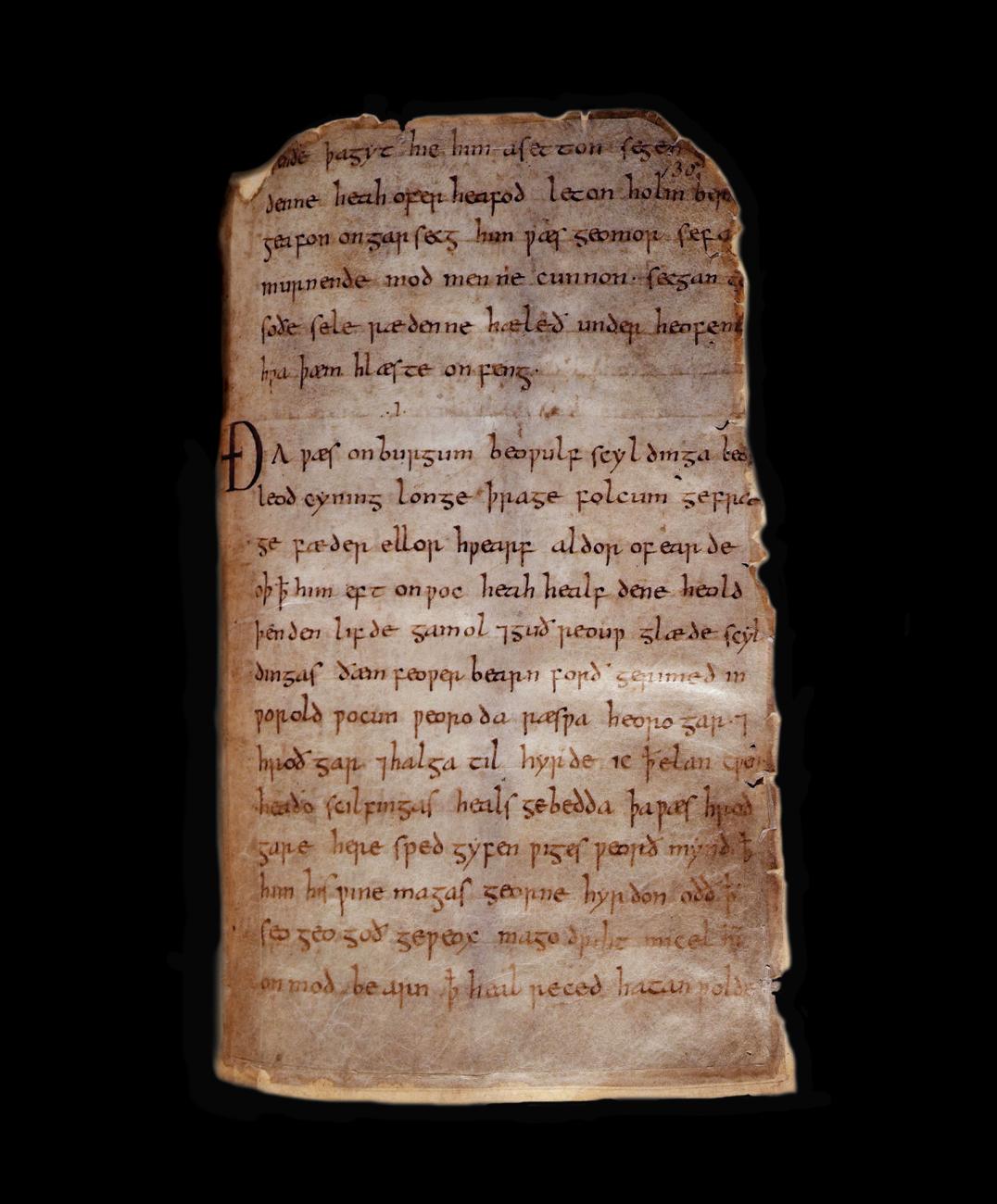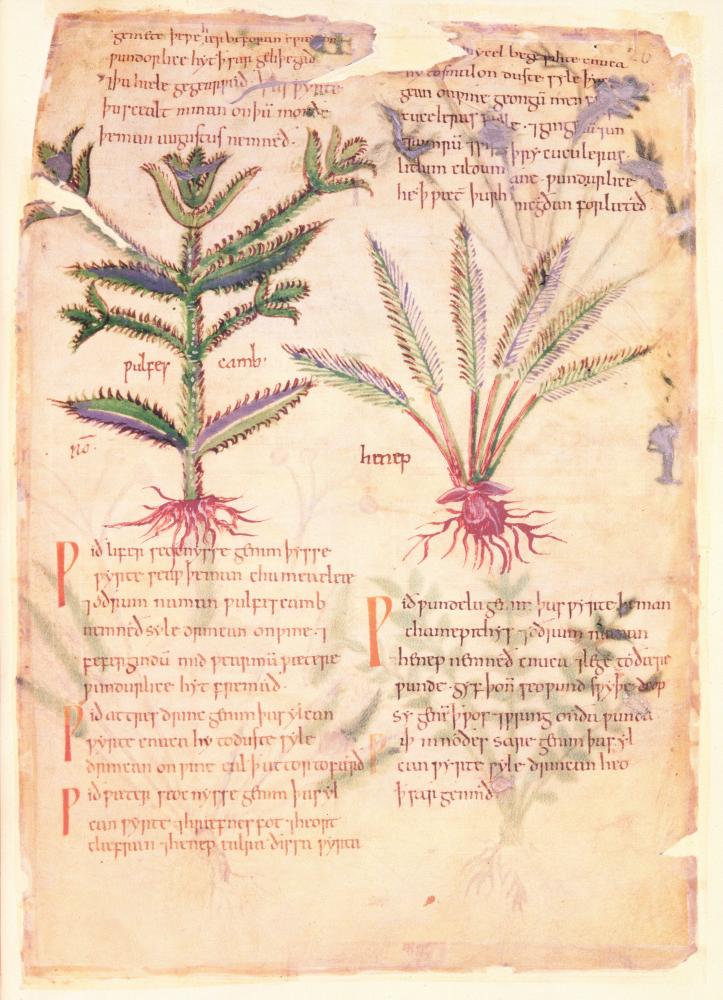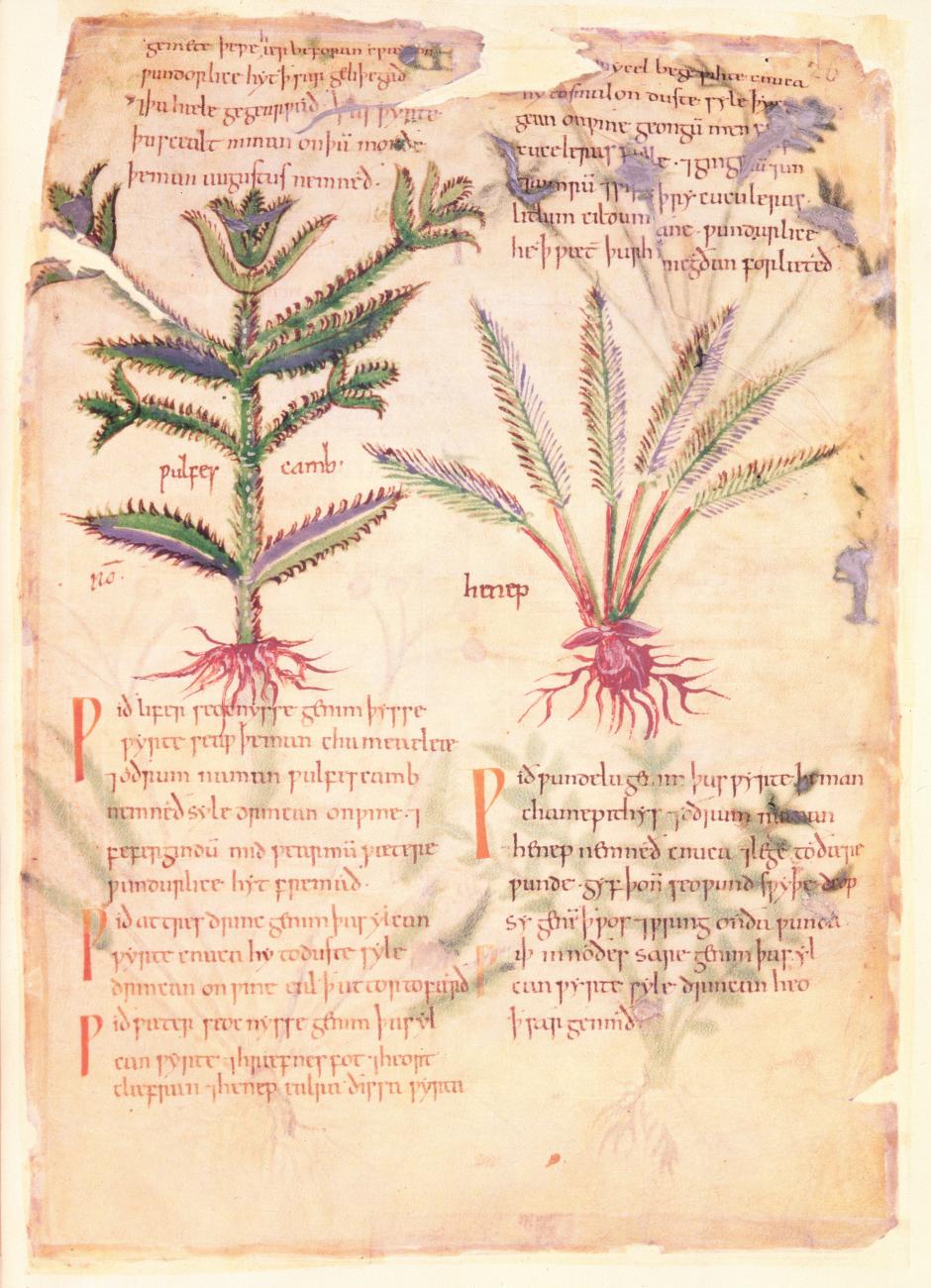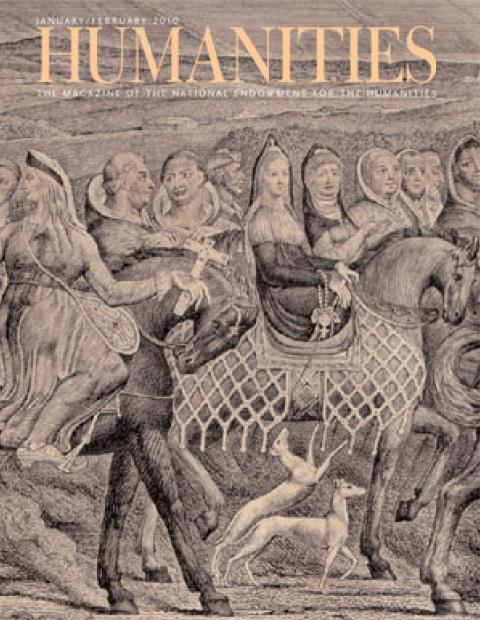“Dictionaries are like watches, the worst is better than none, and the best cannot be expected to go quite true.” So said Samuel Johnson, according to James Boswell—and if any man can get away with making a pithy, slightly nonsensical, yet somehow illuminating statement about the merits of dictionaries, repositories of our language, it is Johnson.
Watches and other kinds of clocks may not “go quite true” yet, but they have managed to attain such a degree of exactness that the point is largely moot. The most accurate form of timekeeper available today, a cesium fountain atomic clock, is expected to become inaccurate by no more than a single second over the next fifty-plus million years (although it is by no means clear what other clock might be used to judge the world’s most accurate timekeeper).
What of dictionaries? Have they been improved to the same extent as clocks? Is there somewhere a dictionary that is expected to be wrong by only one word in the next fifty million years?
It not only has not been done, it cannot be done, for there is no such thing as a perfect dictionary.
There are a number of reasons that a perfect (or even near perfect) dictionary is an impossibility: first, any dictionary is out of date before it is even finished. For instance, the first edition of the Oxford English Dictionary began publishing in 1884 and finished some forty-four years later, by which point the editors had to begin revising it, adding the words that had assumed prominence in the intervening years. During the time that it was being compiled, the language that it defined was continuing its incorrigible and immutable process of mutability. Semantic change waits for no man.
Second, no dictionary could ever truly be comprehensive. One might very well say that a perfect dictionary would include all the words in a language. But if this were so, it would include not only the hundreds of thousands of common and not-so-common terms found in an unabridged dictionary, but also several million scientific words that are used by only a handful of professionals. To include all possible words would swamp the vernacular of the language in a sea of jargon and specialized terminology. So a perfect dictionary presents a conundrum of size: If it doesn’t include all the words, it is incomplete, and if it does, it has too much information.
Third, and perhaps the most insurmountable obstacle of all, dictionaries are intended to reflect a language as it is used, whether spoken or written, and this can never be done in anything less than an incomplete fashion. In the United States alone there are now hundreds of thousands of books being published every year. To read all of them (and many are doubtless not worth reading) and keep track of all of the word usage and meanings within would require an army of erudite madmen.
And so having established that there is no such thing as a perfect dictionary, it really is quite delightful to discover that a small team of researchers has decided to not be bothered by this minor point, and is attempting to write one anyway.
They are creating a dictionary that includes not only every single word in a specific language, but every shade of meaning that each of these words has ever had. They can do this because they have managed to collect and organize every single word of text (that we know of) that native speakers of this language have written.
This is possible because no one has been a native speaker of this language for more than eight hundred years. The lexicographic work in question is the Dictionary of Old English (DOE), currently being compiled at the University of Toronto. This team of researchers, now led by Antonette diPaolo Healey, is working from a corpus that contains every known piece of Anglo-Saxon text (some three thousand items) and is fully searchable by computer.
The DOE corpus is comprehensive, and contains about four million words, which makes it almost five times the size of the collected works of Shakespeare. It represents at least one copy of every piece of surviving Anglo-Saxon writing, although in some cases the corpus has more than a single copy of a work if it is in a different dialect or from a different date. So, by attempting to catalog a dead language (with a vocabulary more or less immune to normal linguistic change) that has a relatively minuscule number of texts to draw from, Healey and her cohorts are putting together what is, at least theoretically, a perfect dictionary.
The question is, Why do we need a dictionary of Old English?
The history of Old English lexicography has been remarkably static for much of the past hundred and fifty years. Until recently, there had been one overwhelmingly influential work, and that is the 1838 Anglo-Saxon Dictionary by Joseph Bosworth, a work that has gone through many editions and been updated by two other lexicographers (Thomas Northcote Toller and Alistair Campbell).
Both the initial editions of Bosworth’s dictionary and the first portion of Toller’s revision were met with a degree of scholarly derision. Reviewing the first portion of Bosworth-Toller in the Transactions of the Philological Society, James Platt (a rather odd polymath who was reputed to speak dozens and dozens of languages) offered up the following comment:
“Would it not have been far better for Bosworth’s memory to have let the good he did live after him, the evil lie interred with his bones, rather than to have thus raked up all the errors of the infant Anglo-Saxon scholarship of his time and republished them in this year of grace 1882, a confession of Englishmen’s ignorance of the philology of their own tongue?”
Toller’s work appears to have benefitted from the criticism, and the subsequent portions of the dictionary that he edited were viewed with considerably greater favor.
Although there were several smaller Anglo-Saxon dictionaries published, such as the student edition by Henry Sweet (who is thought to have been the model for Henry Higgins in Pygmalion) and the concise dictionary of John R. C. Hall, the Bosworth-Toller dictionary was the dominant work in this field for well over a half century.
In 1972 Alistair Campbell published his version of the Bosworth-Toller dictionary, edited anew, with a supplement added. Although this dictionary was well received, it did not represent a dramatic break with the Anglo-Saxon lexicography of the past. Campbell updated all the material found in the earlier dictionary, but did not restart the entire project of examining the language from scratch. This was, however, done by a remarkably prescient young man by the name of Angus Cameron.
In the late 1960s computers were large, heavy, and incredibly awkward compared with those of today, and Cameron was finishing a postdoctorate degree at Oxford, dealing with the Old English vocabulary for nouns of color. It was through his research on these terms that he became aware of the inadequacies of the existing work, which, while it had been added to and edited for over a hundred years, had never been subjected to a front-to-end revision.
Cameron had the idea that it would be possible to build a computer database of all the surviving pieces of Anglo-Saxon text, and to create a dictionary based on this corpus of material.
This was not the first corpus study done with language. As far back as 1897, language was being examined manually in large chunks. A German researcher named Friedrich Wilhelm Käding assembled a corpus of eleven million words and a team of five thousand researchers to sift through it, counting letter frequencies. Other computer-based corpora studies had already begun by the time that Cameron had his idea to create a new dictionary of Old English.
But this was the first time that the whole of a Western vernacular language of appreciable size was made searchable electronically for the purpose of a complete lexicographic examination. Cameron unfortunately passed away at an early age, in 1983, although the plan that he formulated for the dictionary has been followed in the years since, ensuring that his influence on the dictionary was to be felt in the years to come.
One of the surprisingly enjoyable aspects of this work is the utterly pedestrian nature of where so much of the text comes from. The DOE uses scraps of text found in wills, charters, land records and surveys, in addition to longer examples found in poetry and church writings. One cannot get the full flavor of a language, whether it is dead or not, from epic poetry alone. A dictionary based entirely on Beowulf and King Alfred’s Boethius would be no more accurate than a modern-day work that only included words from Dan Brown and John Grisham.
The texts themselves, although primarily drawn from books and scraps of parchment, also include words found in decidedly non-bookish environs, engraved in stone or cut into jewelry.
There is something intoxicating about looking over a list of words, and all of the attendant information about their definitions and sources, and knowing that it contains all that there is to know in this one narrowly defined vein. Nothing appears to have been left out for considerations of space; nothing is considered so unimportant as to not merit inclusion.
The Dictionary of Old English has so far cataloged and defined all of the words between A and G. This represents greater progress than it might seem, since Old English has only twenty-two letters. Healey estimates that their team has written definitions for approximately 60 percent of the total words that will end up in the dictionary. When complete, there will be somewhere between thirty-three thousand and thirty-five thousand headwords.
This is roughly the same number of words that are included in a small, heavily abridged learner’s dictionary, perhaps a paperback of several hundred pages. But the simple equivalence of headwords is not indicative of any other similarities.
I spoke to Professor Healey on the telephone and asked her why we needed a dictionary of this language that so few of us can speak or read. She ran through a number of eminently persuasive arguments, including that it is a revolutionary approach to this branch of lexicography, and a long-overdue reappraisal of the contents of the surviving texts.
A typical user of the DOE is usually a scholar of Middle or Old English, someone who is terribly interested in whether there have been any new nuances found in the subcategories of beon (to be) in the last eighty years, or if there is an additional text in which a form of this word has been found.
While this somewhat rarefied group makes up a preponderance of the users of the DOE, it is by no means the total readership. Healey was quick to point out that the dictionary is consulted by scholars in a wide range of fields and disciplines: social historians who are studying words for rank and class, historians of economics who are examining records and terms of early taxes, and researchers of many stripes who are interested in working with the early form of a language in a linguistically pure environment as is presented by the corpus.
After listing all these reasonable arguments for why we need a dictionary of Old English she added, almost as an afterthought “Plus, it’s our language.”
It is our language indeed, and these four words from it that she uttered in an afterthoughtish way made me feel fiercely interested in seeing the rest of the words after the letter G defined. And this makes me think how odd it is that we are such ardent admirers of museums full of partially reconstructed bone fragments, taken from animals that are millions of years removed from us, and yet we find it so difficult to warm to Old English. While it is true that this is a dead language, it has died so recently (at least compared with the dinosaurs whose fossils are perennially alluring) that the corpse is still warm.
You can see the roots and traces of our language, evident even in the words that did not quite survive until the present day. Bealofus (liable to sin) did not last into our vocabulary, having been pushed out by the upstart and Latinate peccable (we apparently do not need more than a single word for this concept). But the bealoful of yesteryear became the baleful of today, and so even though bealofus lost the evolutionary battle it still tickles the familiar to see it there.
Much has been said about how our modern English language has drawn its highbrow vocabulary, the words to describe fancy or fanciful things, from the snooty French conquerors. Likewise, the base and basic elements of our language have come from Old English, which supplied the everyday words. To my mind, we may add to these everyday words many of those that are larcenous and violent (although violent and everyday may well have been one and the same), with specimens such as cyricbryce (the act of breaking into a church) and what seems to me to be a delightful superfluity of words for breaking bones, bruising, assaulting, warring against, and otherwise doing grievous harm.
Browsing through a small section of the alphabet, I happened across gederednes, derian, gederian, gederod, deriendlic, deriendnes, derung, gedeþed, and gedigan, all of which are words that have to do with injuring, harming, or killing (with the exception of the last word, which means ‘to survive’). But lest you come away with the idea that the speakers of this language were linguistically brutish, I would draw your attention to a word that appears shortly after all of these bruising terms: digollice.
Digollice is one of those words of which any language should be proud. It is elegant yet robust, clear yet multi-faceted—a description that perhaps sounds like that of an overpriced wine, but which is apt nonetheless. Among the meanings of this single word are the following: in a manner intended to avoid public attention, stealthily or furtively, in a manner that is unnoticed, with a lack of ostentation, in hiding, secluded in monastic life, spoken in a low or soft voice, spoken with circumspection or restraint, whispering slander, relating to secret thoughts of inward affliction, obscure or requiring interpretation, and a handful of others that I’ll let you find on your own.
Small wonder that a language that is capable of producing such delicate shades of meaning as are found in digollice has evolved into the gloriously descriptive mess that is English today.
We are all expert speakers of our own language, and whether we recognize it or not, the words and meanings laid out so carefully in the Dictionary of Old English are far more innately familiar to us than are the fossilized tibia or femur of some long extinct life-form. These words are the bone structure of the language that we speak and breathe today.
Find yourself a library that has a subscription to the Dictionary of Old English, take a spell of time and wander about through this fascinating precursor to your language. Take a look at the Old English word for ‘go’ (gan), and see how much of this language from a foreign century reminds you of your own in ways you can’t quite wrap your mind around. Allow yourself to forget that you don’t speak or truly understand what you are reading, and you’ll be surprised and delighted at how much of it seeps in.

